Most people won’t have the kind of money it takes to train trillion-parameter models of deep learning. Instead they’ll simply shave off what they want.
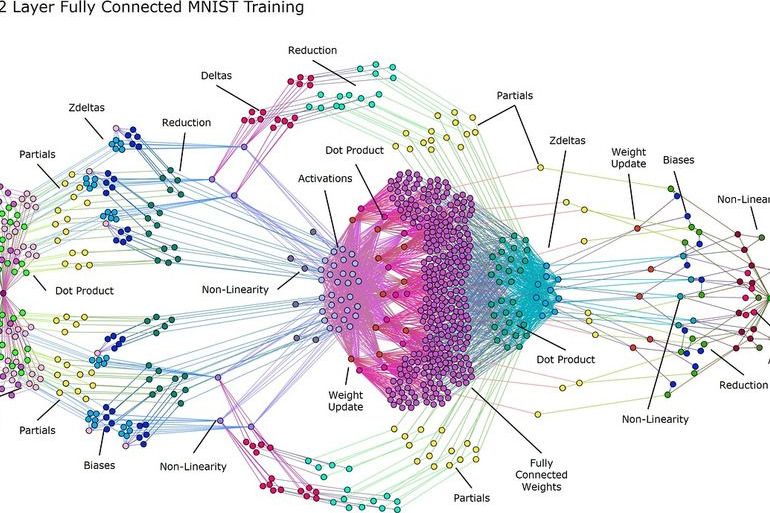

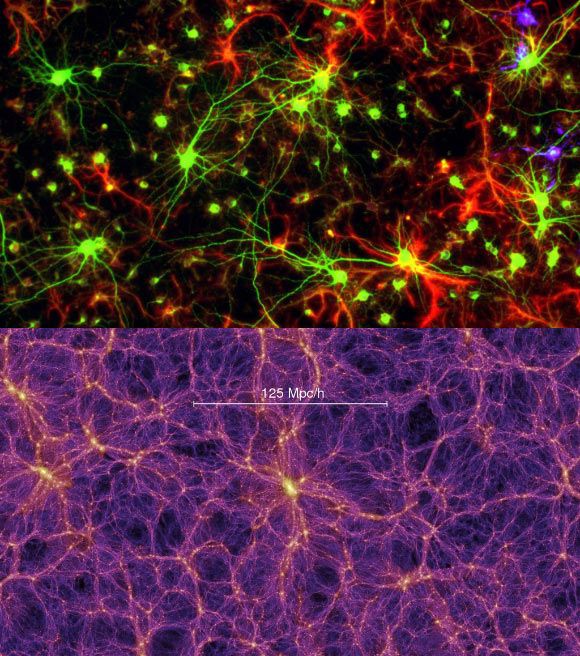
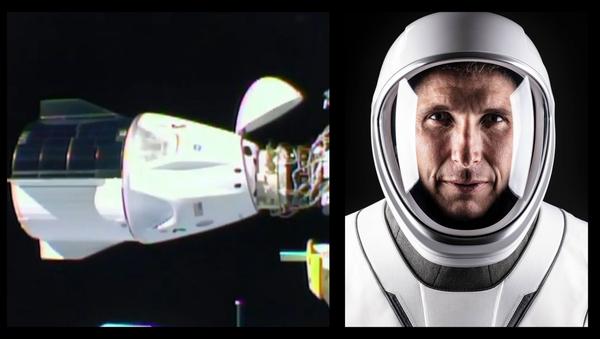
SpaceX launched NASA and Japan Aerospace Exploration Agency (JAXA) astronauts atop a Falcon 9 rocket aboard the Crew Dragon Resiliece spacecraft on a voyage to the International Space Station (ISS) on Sunday. After a 27-hour trip, Crew-1 NASA astronauts Michael, Victor Glover, Shannon Walker, and JAXA astronaut Soichi Noguchi arrived to the orbiting laboratory on Monday night. Dragon Resilience docked to the station’s Harmony module where it will remain until the astronauts head back to Earth. “SpaceX, this is Resilience, excellent job right down the center,” radioed SpaceX mission control in Hawthorne, California. “SpaceX and NASA, congratulations. This is a new era of operational flights to the International Space Station from the Florida coast.”
Upon arrival Crew-1 astronauts were welcomed by Expedition 64 crew members, NASA Astronaut Kate Rubins and Russian cosmonauts Sergey Kud-Sverchkov and Sergey Ryzhikov. Crew-1 astronauts will stay at the space station for six months to conduct science research. This is the first long-duration ISS crew in history that features seven members. The space station does not have enough sleeping quarters for all members, only for six. So, one of the Crew-1 astronauts will sleep aboard the Crew Dragon spacecraft.
NASA Astronaut is Commander of the Crew-1 mission, he decided he will be who sleeps inside Crew Dragon while its docked at the space station. said he will sleep inside the spacecraft until another sleeping pod is delivered to ISS, which could arrive three months from now or after the Crew-1 is scheduled to return. He shared that it is an old tradition for a commander to sleep inside the spacecraft. —“I think there’s a tradition that oftentimes in the shuttle days, the commander usually slept in the cockpit,” said during a press conference. “So, at least for me, it just felt right that was where I needed to be. If any of us were going to sleep there, I felt like it should have been me.”
The next Falcon 9 mission will carry a satellite to keep a precise eye on our oceans.
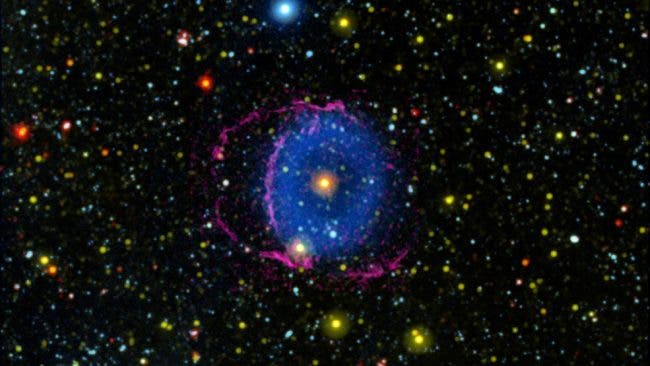
“We were in the middle of observing one night, with a new spectrograph that we had recently built, when we received a message from our colleagues about a peculiar object composed of a nebulous gas expanding rapidly away from a central star,” said Princeton University astronomer Guðmundur Stefánsson, a member of the team that discovered a mysterious object in 2004 using NASA’s space-based Galaxy Evolution Explorer (GALEX). “How did it form? What are the properties of the central star? We were immediately excited to help solve the mystery!”
A 16-Year-Old Mystery
NASA announced today that it has solved the 16-year-old mystery of the object –similar in size that of a supernova remnant–unlike any they’d seen before in our Milky Way galaxy: a large, faint blue cloud of gas in space with a living star at its center. Subsequent observations revealed a thick ring structure within it, leading to the object being named the Blue Ring Nebula.

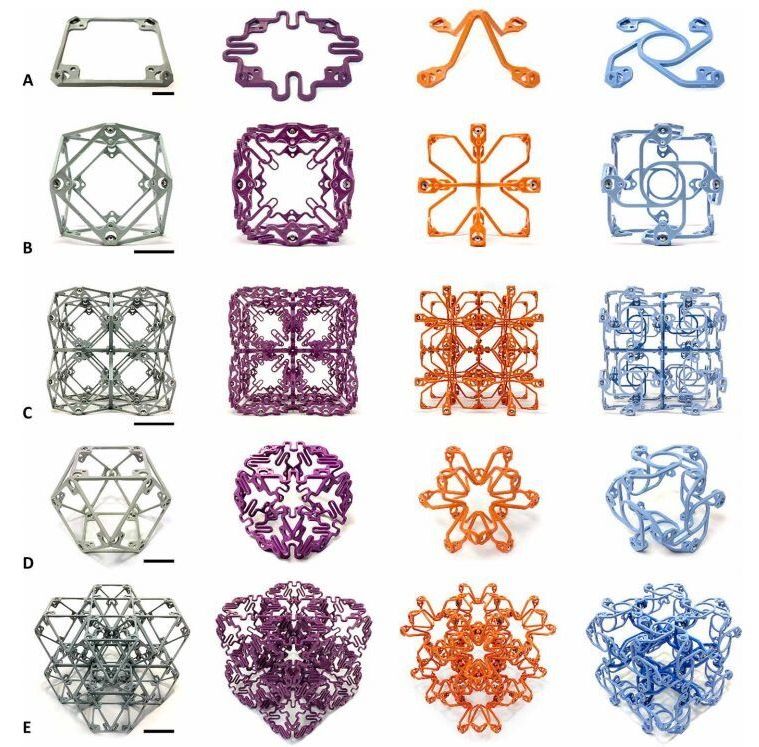
Researchers at MIT’s Center for Bits and Atoms have created tiny building blocks that exhibit a variety of unique mechanical properties, such as the ability to produce a twisting motion when squeezed. These subunits could potentially be assembled by tiny robots into a nearly limitless variety of objects with built-in functionality, including vehicles, large industrial parts, or specialized robots that can be repeatedly reassembled in different forms.
The researchers created four different types of these subunits, called voxels (a 3D variation on the pixels of a 2D image). Each voxel type exhibits special properties not found in typical natural materials, and in combination they can be used to make devices that respond to environmental stimuli in predictable ways. Examples might include airplane wings or turbine blades that respond to changes in air pressure or wind speed by changing their overall shape.
The findings, which detail the creation of a family of discrete “mechanical metamaterials,” are described in a paper published today in the journal Science Advances, authored by recent MIT doctoral graduate Benjamin Jenett PhD ’20, Professor Neil Gershenfeld, and four others.
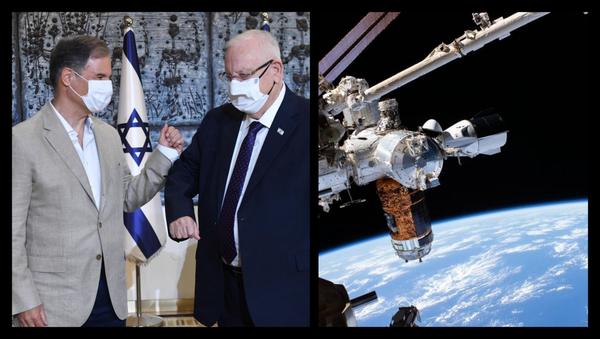
Axiom Space, a start-up from Houston, Texas, signed a deal with SpaceX to launch a crew of four private passengers atop a Falcon 9 rocket aboard the Crew Dragon spacecraft on a voyage to the International Space Station (ISS). The mission, known as AX-1, will be the first fully-commercial private passenger mission in history, scheduled to launch during the second half of 2021. “This history-making flight will represent a watershed moment in the march toward universal and routine access to space,” Axiom Chief Executive Officer Michael Suffredini said in a press release earlier this year. “This will be just the first of many missions to ISS to be completely crewed and managed by Axiom Space – a first for a commercial entity. Procuring the transportation marks significant progress toward that goal, and we’re glad to be working with SpaceX in this effort.”
The private passengers will be lead by former NASA Astronaut Michael Lopez-Alegria, who has been to space four times; he will be Axiom’s AX-1 Mission Commander. After SpaceX successfully launched four Crew-1 astronauts to the space station this week, Lopez-Alegria shared his excitement to soon ride aboard SpaceX spacecraft. “God willin’ and the creek don’t rise, I’ll be leading the AX-1 crew on the first purely commercial orbital mission in history a little over a year from now — on this very SpaceX Crew Dragon capsule. It’s gonna be a Blast!” Lopez-Alegria said.
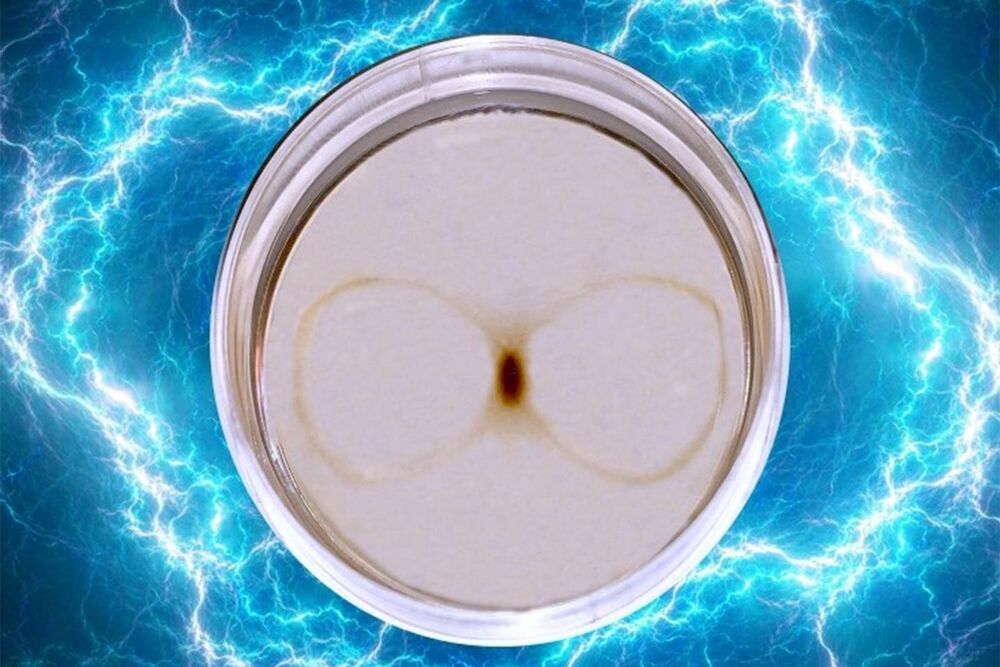
The motion of magnetic particles as they pass through a magnetic field is called magnetophoresis. Until now, not much was known about the factors influencing these particles and their movement. Now, researchers from the University of Illinois Chicago describe several fundamental processes associated with the motion of magnetic particles through fluids as they are pulled by a magnetic field.
Their findings are reported in the journal Proceedings of the National Academy of Sciences.
Understanding more about the motion of magnetic particles as they pass through a magnetic field has numerous applications, including drug delivery, biosensors, molecular imaging, and catalysis. For example, magnetic nanoparticles loaded with drugs can be delivered to discrete spots in the body after they are injected into the bloodstream or cerebrospinal fluid using magnets. This process currently is used in some forms of chemotherapy for the treatment of cancer.
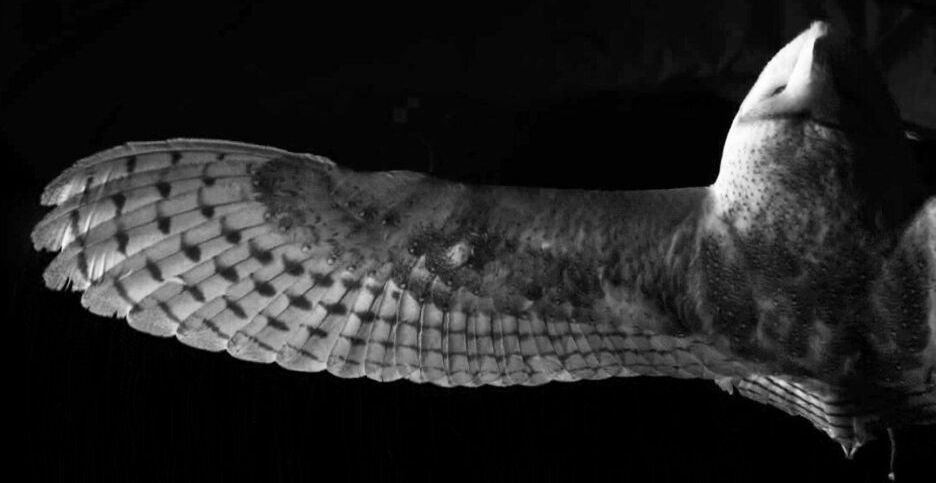
A recent research study conducted by City, University of London’s Professor Christoph Bruecker and his team has revealed how micro-structured finlets on owl feathers enable silent flight and may show the way forward in reducing aircraft noise in future.
Professor bruecker is city’s royal academy of engineering research chair in nature-inspired sensing and flow control for sustainable transport and sir richard olver BAE systems chair for aeronautical engineering.
His team have published their discoveries in the Institute of Physics journal, Bioinspiration and Biomimetics in a paper titled ‘Flow turning effect and laminar control by the 3D curvature of leading edge serrations from owl wing.’